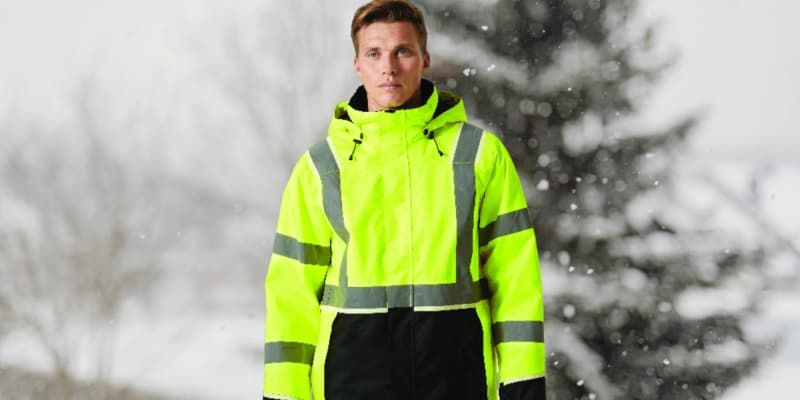
By Samuel Rapley 22/05/2018
Under: Site Set Up / Team Welfare / Incident ResponseDoes My Workplace Need a Defibrillator (AED)?
In recent years, we’ve seen the launch of many initiatives to improve availability of automated external defibrillator (AEDs) in public places, such as schools and transport hubs. As an employer with a responsibility to ensure adequate first aid provision, you may well be asking: does my workplace need a defibrillator?
Currently, there are no laws enforcing the provision of defibrillators in the workplace, however many businesses have chosen to purchase them for their premises. While the law does not yet specifically mention AEDs, it is of course your duty to provide appropriate safety precautions to protect employees and members of the public. You should consider AED requirements in your first aid needs assessment, here’s what the Resuscitation Council UK has to say on the matter:
“All businesses and organisations will undertake a first aid needs assessment to determine the level of first aid provision within their workplace as a part of their responsibilities to protect the safety of their workforce and visitors. As an organisation or company it is a legal requirement to take precautions to reduce foreseeable risks, to document this and be able to present it to the HSE if requested. As part of this assessment it is quite appropriate to consider the risk of a cardiac arrest occurring in the workplace and investing in automated external defibrillators (AED).” - Resuscitation Council UK
Workplaces likely to encounter higher SCA risks include: construction sites, industrial environments, sporting venues, gyms and anywhere with large staff or visitor numbers. Increased SCA risks include: busy or high stress environments, high heart rate activity, electrocution and asphyxiation, toxic chemicals and extreme weather.
Why Use a Defibrillator?
The major reason so few people currently survive SCA is that defibrillation isn’t administered early enough. As it’s a portable device, an AED stationed on site can quickly be transported to a causality. These clever machines interpret a causality’s heartbeat and administer electric shocks to restore the normal rhythm of the heart. Defibrillators are designed to be easy to use and guide the user through the whole process with audio cues.
As well as potentially saving lives, installing in a defib sends a clear message to your workforce that you are prepared to invest in proactive health and safety. This in turn can boost morale, staff loyalty and productivity.
Do We Need Extra Staff Training for AEDs?
AEDs guide users through the defibrillation process – the intention being that anyone could pick one up and use it without training. Formal training on how to use AEDs is not, therefore, expressly required by law. However, it is highly advisable. The Health and Safety Executive (HSE) states:
“Employers should provide information and written instructions, for example from the manufacturer of the AED, on how to use it. Fuller training, however, is likely to make the user more confident and is now an integral part of the syllabus for FAW and EFAW courses” – HSE
It’s also important to ensure your staff understand how to identify a SCA, the procedure to follow after an incident and the location of AEDs onsite.
Defibrillator Device Options
At Enfield Safety, we stock two lightweight AED designs, the 350 Defibrillator and the 500 Defibrillator. They are designed for use in public areas for both adult and paediatric use.
These defibrillators include a System Status Ready Indicator which flashes to show the system is operational and ready for use. The devices automatically run a self-check each week and can be safely stored in an accessible wall cabinet. The 500 Defibrillator also offers a CPR advisor, which uses an Impedance Cardiogram (ICG) to assess the effectiveness of the CPR and give the rescuer feedback on compressions.
To talk to one of our Safety Champions about investing in a defibrillator for your workplace, call: 0333 003 5710.
Enfield Safety – no one works harder to bring you health, safety and welfare products at the right price, on time, every time.

.jpg)
